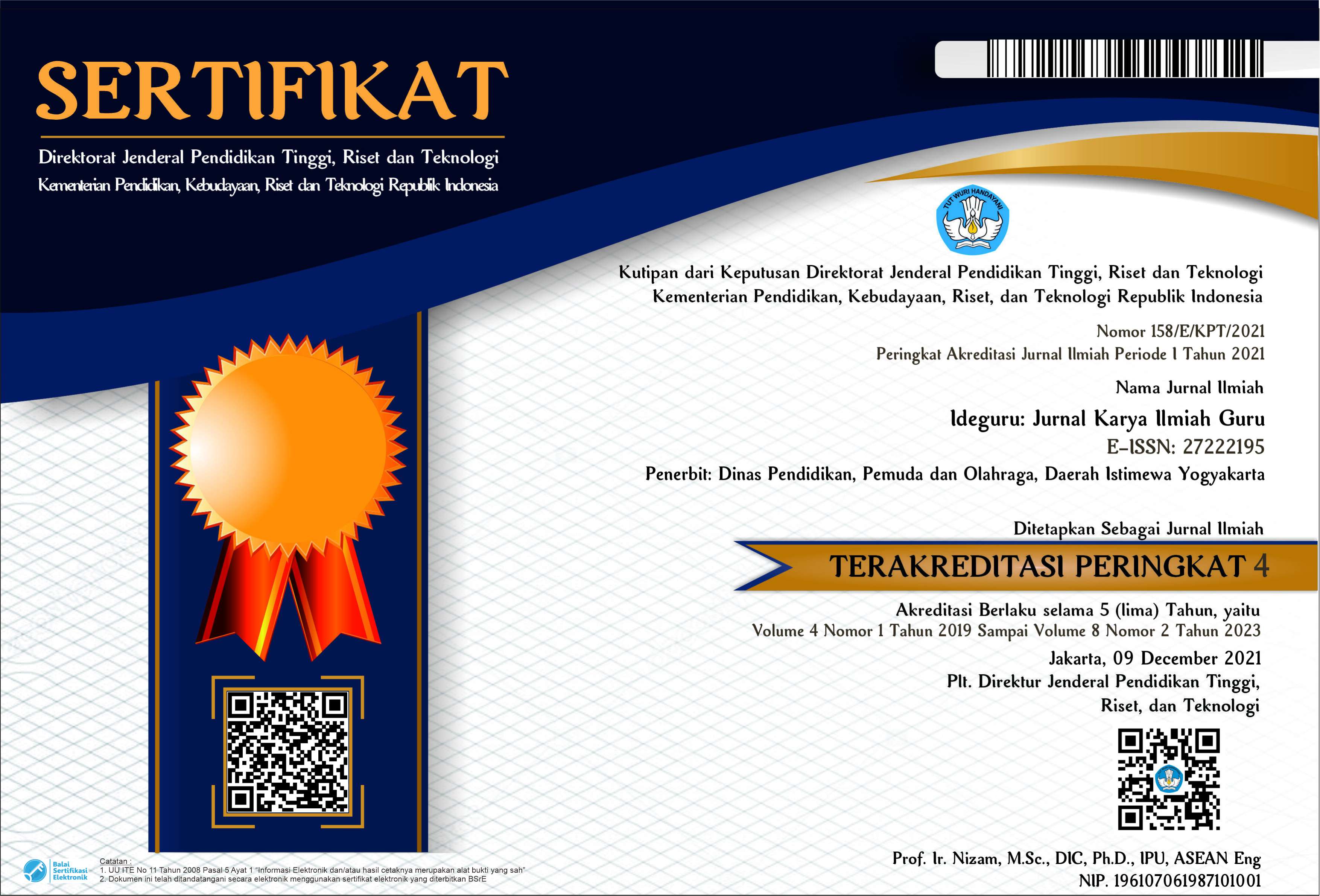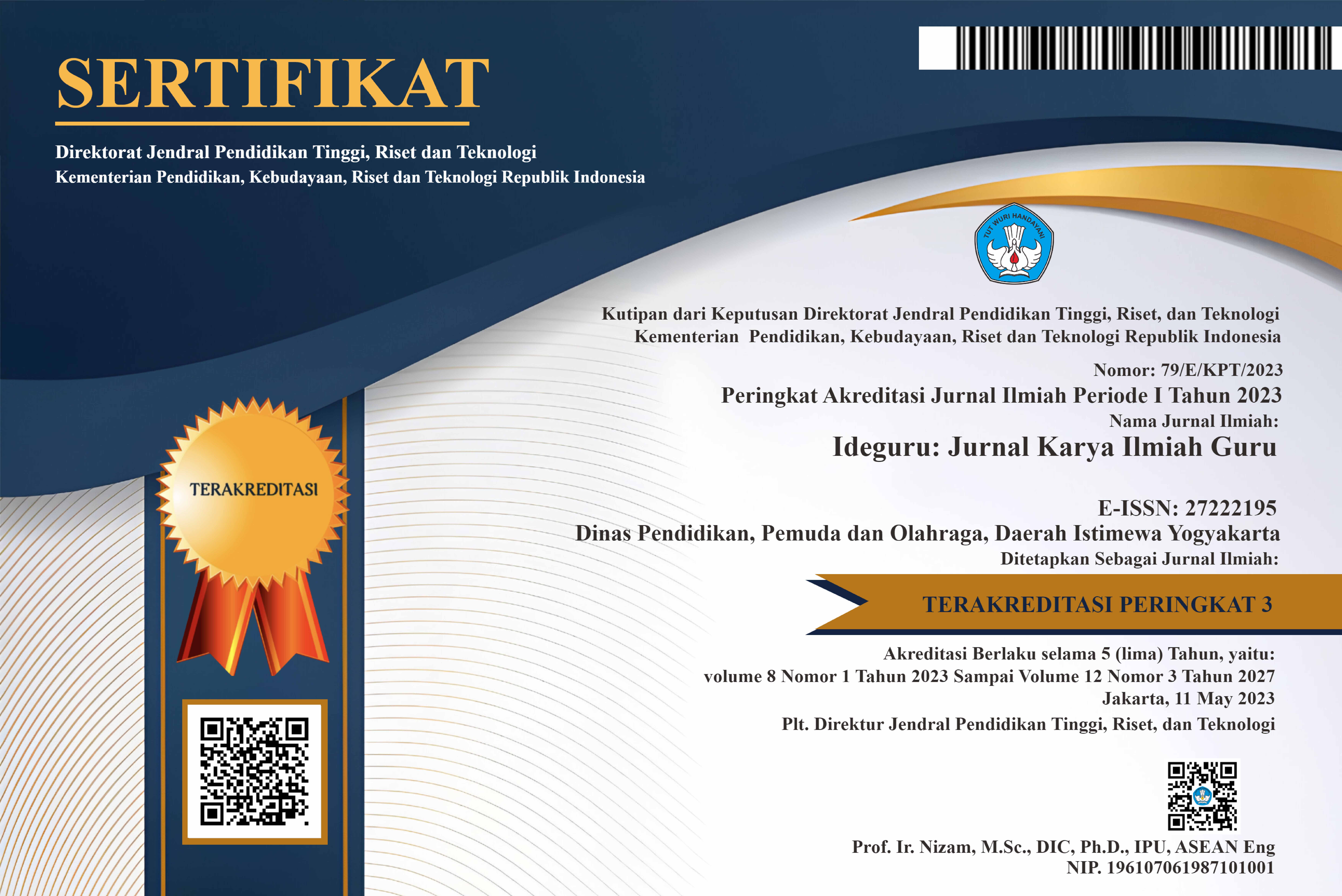Analisis Kemampuan Koneksi Matematis Peserta Didik SMP Ditinjau dari Kemandirian Belajar
Abstract
This study aims to describe the mathematical connection ability of junior high school students based on their level of learning independence, which is divided into high, medium, and low learning independence. The type of research applied is descriptive with a qualitative approach. The research was conducted in class VIII-A UPT SMP Negeri 17 Gresik and focused on three students as research subjects. One subject represents a different level of learning independence, namely: The instruments used include a learning independence questionnaire for subject selection, a mathematical connection ability test to determine students' abilities in writing, and interviews to clarify data from test results as well as additional information. The mathematical connection ability test was conducted twice to ensure accuracy. Data collected at different times were compared using the time triangulation method. Data analysis concluded that: (1) students with a high level of learning independence are able to fulfill all indicators of mathematical connection, (2) students with a moderate level of learning independence can fulfill all indicators of mathematical connection, although the subject's work on the second indicator question is incomplete and (3) students with a low level of learning independence can fulfill one of the three indicators of mathematical connection.
PDF Downloads
Copyright (c) 2024 Nur Hidayah, Nur Fauziyah, Fatimatul Khikmiyah

This work is licensed under a Creative Commons Attribution 4.0 International License.

 DOI:
DOI:














